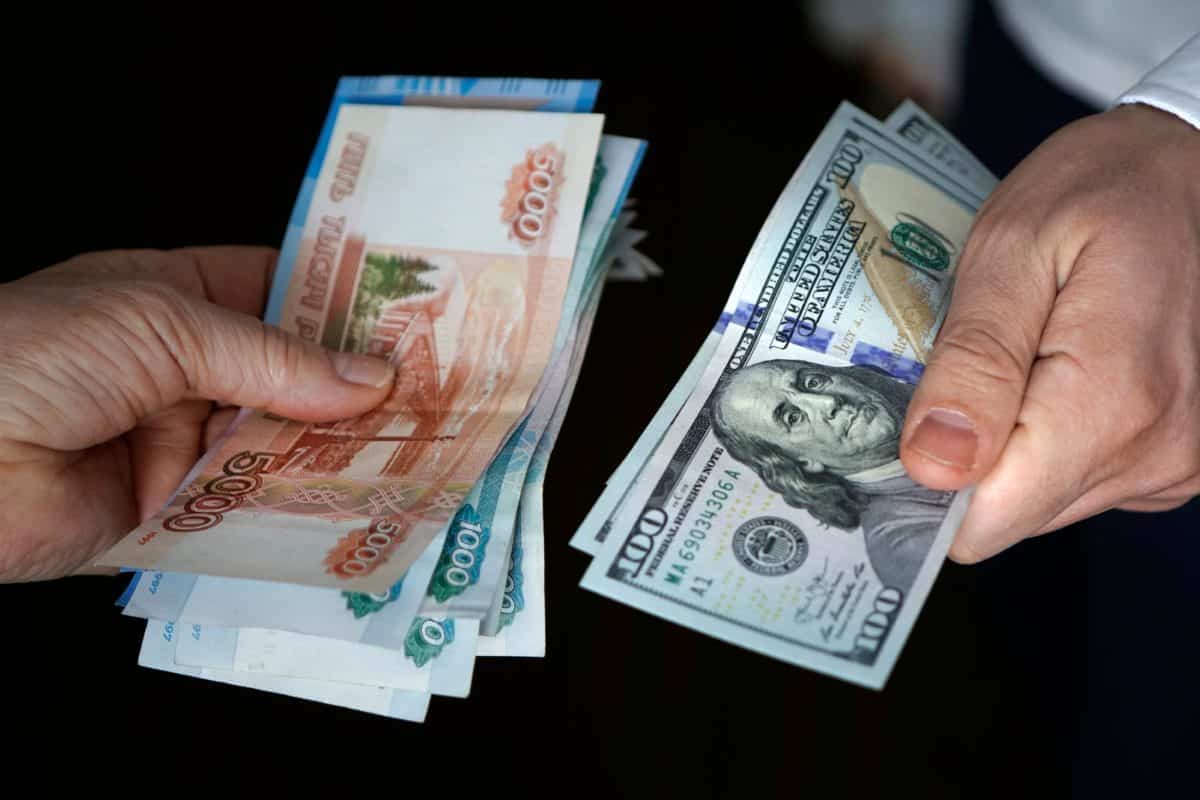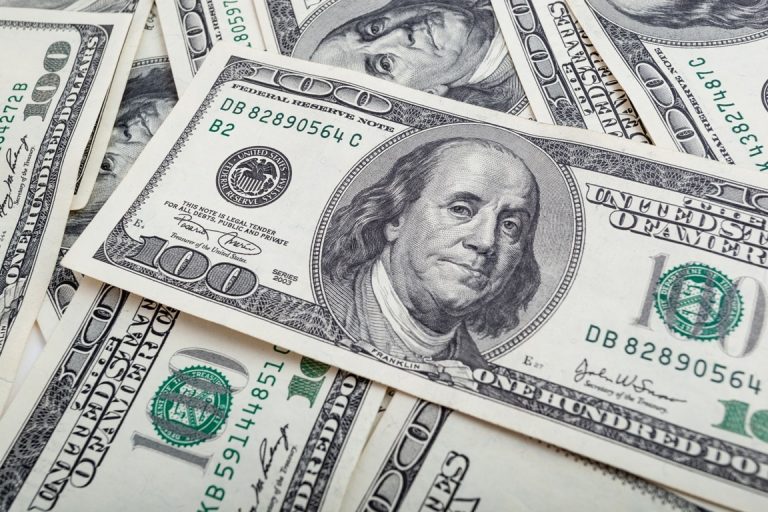In the dynamic world of international finance, the US dollar remains a focal point, experiencing fluctuations influenced by central bank decisions, market expectations, and economic data. Recently, the dollar's rise temporarily stopped, which provided an opportunity to reflect on the complexities of its movements. The Bank of Japan meeting and the evolving outlook from the Federal Reserve Bank are crucial to the current situation of the dollar, prompting analysis and exploration of ways to buy the dollar at the best price.
The Japanese Yen and Currency Options Dance
The Japanese yen, one of the important currencies, has shown noticeable fluctuations recently. From its weakest point in a month at 148.80 to the dollar, it rebounded to 147.74, indicating market dynamism. This volatility comes in response to the Bank of Japan's two-day meeting, where expectations of an exit from negative interest rates have diminished. The New Year's Day earthquake and the Bank of Japan's dovish comments weighed on these expectations. Traders are now focusing on the expiration of large currency options totaling about $2.6 billion, causing shifts in the dollar exchange rate.
Rong Ren Goo, director of fixed income investments at Eastspring Investments, points out that these options are speculative plays on a potential breakout, contingent on the Bank of Japan's policy signals. As these options expire, the yen may face volatile movements, but the path of the dollar against the yen will remain largely dependent on US interest rates unless the Bank of Japan announces a major policy change. The pound sterling is trading at $1.2698, and remains stable today. Last week, it fell after data indicating the biggest decline in retail sales in three years. Despite this, the pound is supported by persistent inflation and the perception that the Bank of England (BoE) is less inclined to cut interest rates quickly than the European Central Bank or the Fed.
Expectations of interest rate cuts by the Fed and market dynamics
The trade-weighted US Dollar Index saw a marginal decline, reaching 103.19. Against the euro, the price settled at $1.0892. The dollar's rise this year reflects investors' uncertainty about the Federal Reserve's interest rate stance. Last week's data, which showed the US economy's resilience despite high interest rates, reset market expectations. Initially expected in March, traders are now anticipating interest rate cuts to begin in May.
The discrepancy between market expectations and the Fed's dot chart complicates the US dollar's path. While interest rate futures point to rate cuts in May, the Fed's forecast suggests a more cautious approach. This dissonance has contributed to the dollar's erratic movements, making investors uncertain about the optimal time to buy dollars.

Explore Opportunities: Buy dollars online and search for the best prices
In the midst of central bank decisions and market speculation, individuals and businesses seeking to purchase dollars can turn to online platforms for convenience and efficiency. Advances in financial technology have made currency exchange more accessible, with online platforms often offering competitive rates. Users can easily compare prices and track market trends and transactions, which is especially useful for larger amounts where small price differences can result in big savings. Online solutions for purchasing dollars provide flexibility and align with modern business needs.
Next week, important events include policy meetings held by the European Central Bank, Canada and Turkey on Thursday, along with a busy earnings season and disruptions in the Red Sea affecting global trade. The European Central Bank's policy meeting is particularly noteworthy, with its inclination towards a later rate cut and less aggressive than market expectations. Analysts are closely monitoring the situation, challenging the European Central Bank's inflation forecasts and predicting up to five cuts over the course of the year.
The course fee is in US dollars
As the US dollar stalls amid global economic dynamics, the interplay between central bank decisions, market expectations, and online dollar buying platforms shapes the narrative. The yen's volatility against the dollar and the Federal Reserve's evolving stance add layers of complexity. A thorough understanding is essential for those looking for the best dollar rates. Online platforms have emerged as effective tools to engage in currency exchange. Going forward, the path of the US dollar will continue to influence global markets, underscoring the importance of remaining vigilant and informed in this complex financial environment.

